McWay Falls Facts
- This magnificent and secluded natural formation, blessed with so much ethereal beauty, goes by the deceptively simple name of McWay Falls. The site’s also a highly fascinating feature, in addition to being one of supreme natural allure and charm.
- Its charm’s enhanced by the fact that until relatively recently, it had slightly different physical characteristics. That’s because, in 1983, natural forces created the actual beach portion of the site, over a comparatively short span of time, where none existed before.
- Fortunately, this incredible site enjoys a great deal of protection from the depredations of man. This holds true due to the fact that it now constitutes part of a legally protected area. In fact, it currently froms an integral part of the Julia Pfeifer Burns State Park.
- Due to the nature of the surrounding terrain, no direct access to the beach itself from the surrounding cliffs exists. The only access is from the sea, which remains barred to the public. An overlook exists, however, that allows vistiors to view its natural splendor.
- In recent years, though, the wonder of McWay Falls garnered it a small place in current culture, more specifically in the annals of modern music. That’s due to the fact that the geological marvel appeared in a recent music video filmed by hip-hop artist, Dr. Dre.
Related Articles
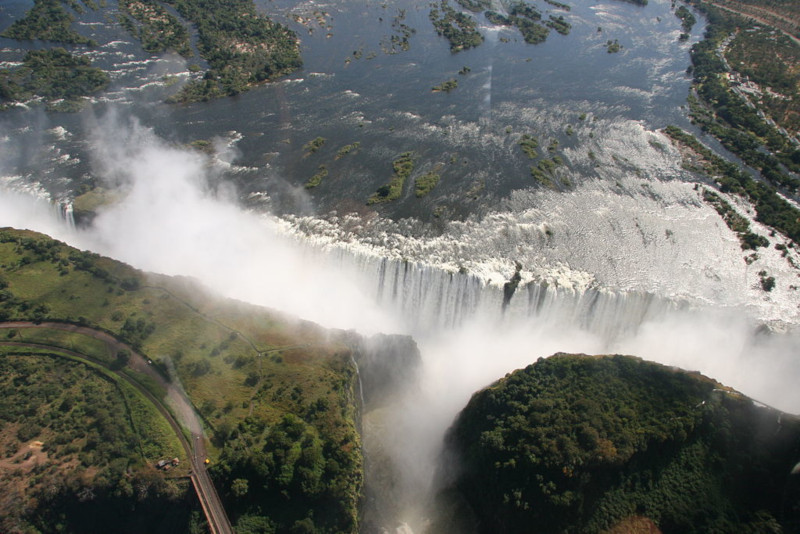
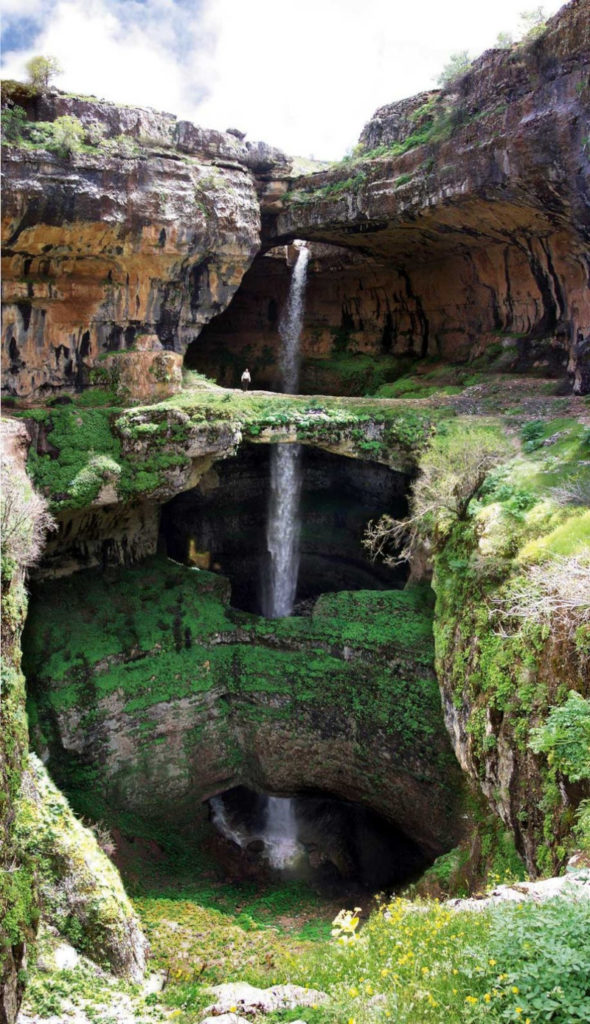
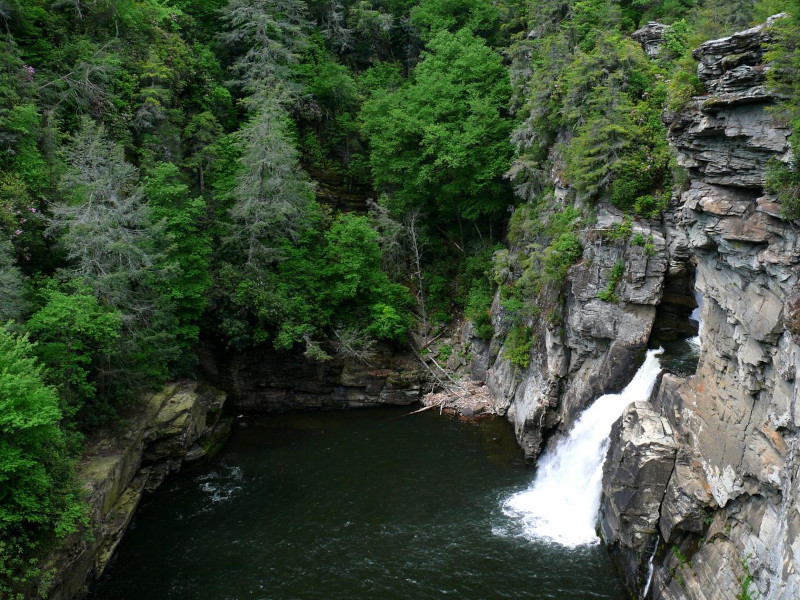
McWay Falls Physical Description
Nature did not simply render the stunning McWay Falls so pleasing the eye due to a single aspect of its physical nature, however. That’s because the entire incredible site holds its own appeal, beyond that of the flow of water over the surround cliffs, as amazing as that is.
The cascade itself holds the most attraction, though, for most visitors. This plunges approximately 80 ft (24 m) from the cliffs. The flow itself, furthermore, springs from the similarly-named McWay Creek. It remains a small, gentle flow, under normal circumstances.
Yet its appeal extends to more than the falls themselves. That holds true due to the fact that this gorgeous formation constitutes what’s known as a tidefall. This means that, during at least a portion of each day, the flowing water plunges directly into the ocean!
The next natural marvel to admie about this site is the small, yet lovely, beach that surrounds it. Its exact dimensions vary from year to year, however, due to the actions of the tides. It remains a small, narrow beach, but nevertheless a magnificent one to behold.
At low tide, the always appealing McWay Falls drops directly onto the beach from the cliffs above. During high tide, though, the water reaches to the base of those cliffs, and the flow plunges directly into the surrounding ocean. The effect’s an incredible one.
McWay Falls Location, Formation, and History
The location of the awe-inspiring McWay Falls likely comes as no surprise to many people who learn of it. That’s because the site formed in a part of the world already renowned for its natural wonders. In point of fact, it lies in the western portion of North America.
More specifically, though, the site formed in what now constitutes the state of California, in the United States. There, it also lies only about 186 mi (299 km) from the only other tidefall in that part of the region. That other site’s the equally magnificent Alamere Falls.
The exact time frame during which this geological wonder formed, however, remains undetermined with any degree of precision. It’s now known by geologists, though, that the overall geology of the surrounding region formed several hundred million years ago.
At that time, water-borne sediments from a river in what’s now Mexico deposited along the coast. Over great spans of time, this developed into limestone and sandstone. Tectoinc action, furthermore, later compressed this into the geology as it exists today.
It’s currently unknown if the local Indigenous Peoples knew of it, but it’s highly likely. In modern times, though, the first known sighting of it took place by an American homesteader, named Christopher McWay. This fortuitous event occurred in the year 1874.
In 1924, Lathrop Brown and his wife visited and then purchased the land including McWay Falls. When he died, however, his widow donated the land, in 1961. She stipulated, though, that it could only be used as part of the local state park, as its stands today.
Features Sharing Its Region
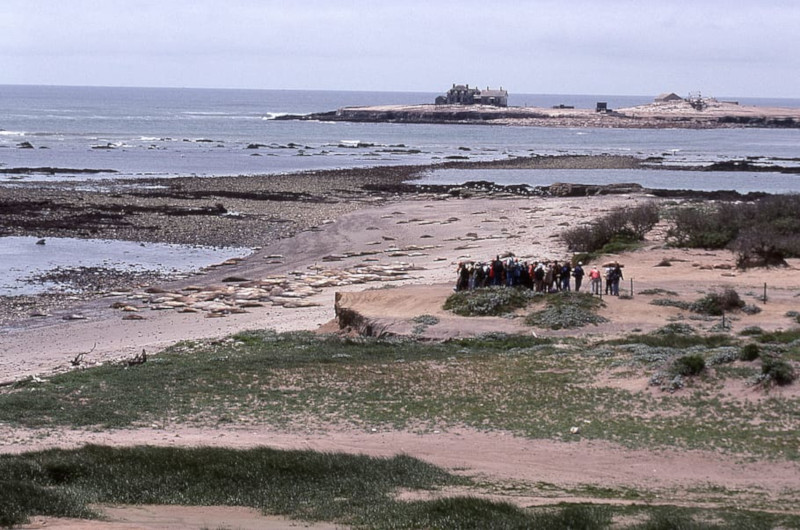
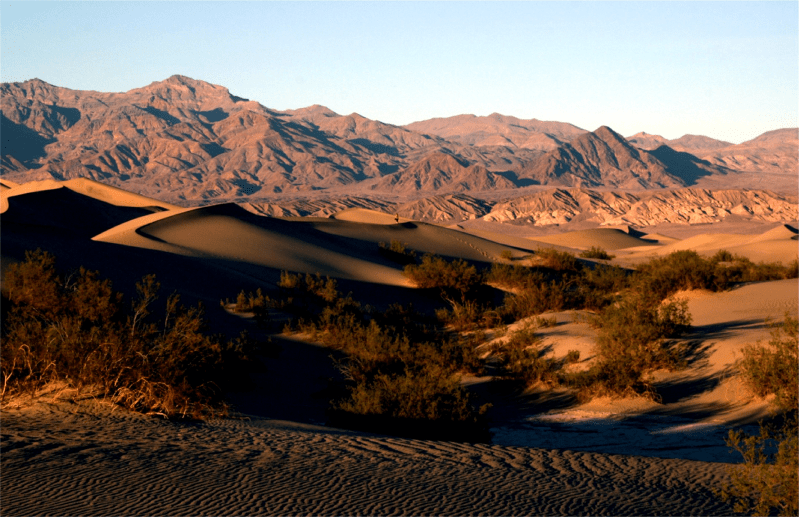
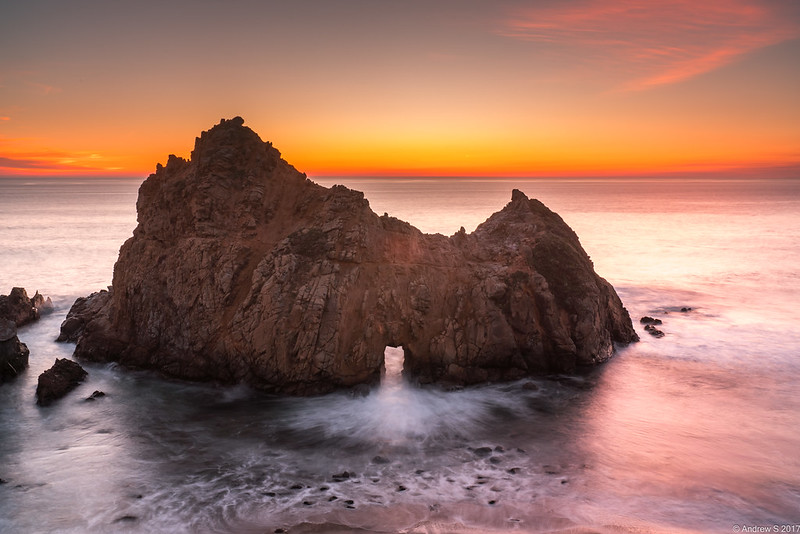
Check out our other articles on 5 Yosemite Valley Mammals, Yellow Throated Marten, Atacama Desert, African Tulip Tree, Guinan cock-of-the-rock, Gray’s Leaf Insect, Aye-aye, Gila Monster
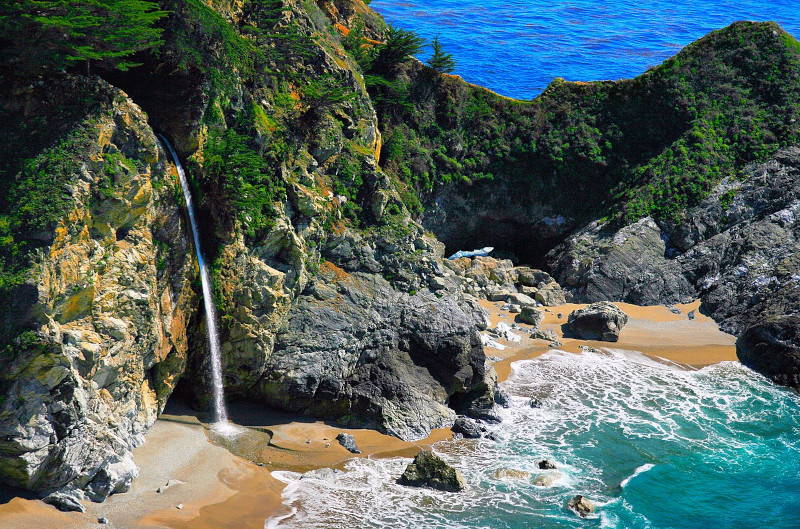
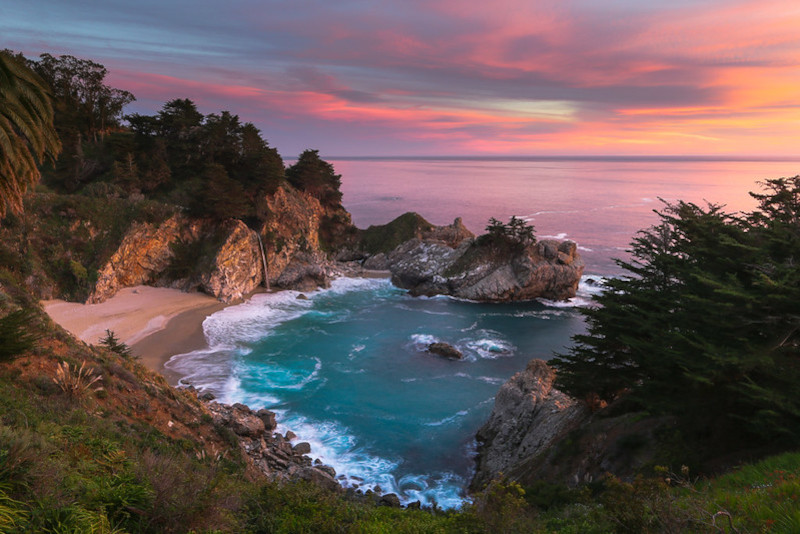
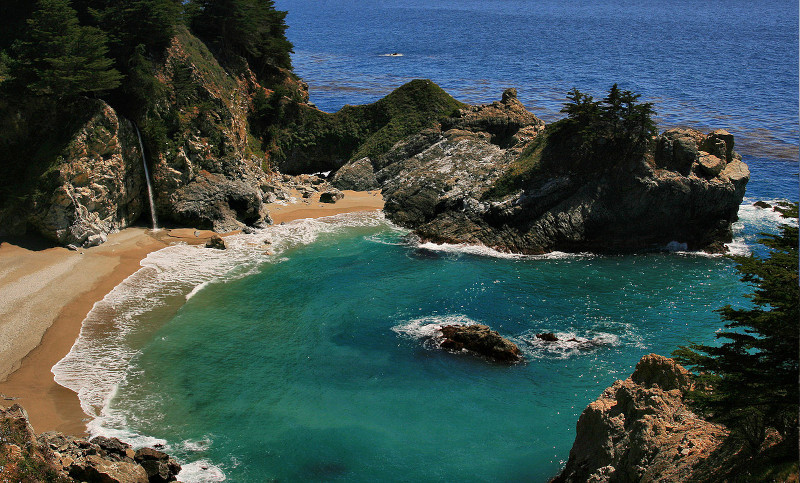









Leave a Reply